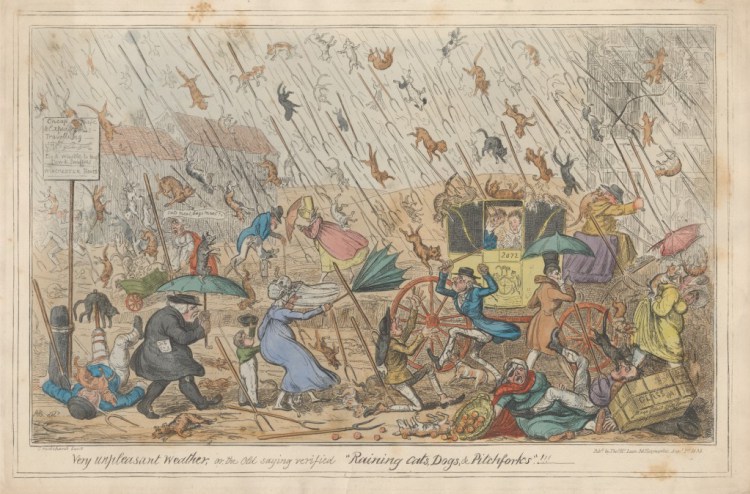Do you believe that any bilingual or multilingual person can be a translator? Is a word-for-word translation your style? Then read on, as we address some myths about the characteristics of good translation.
Most people agree that quality of translation is essential in professional legal and medical documents, business contracts, and international agreements. But how to evaluate quality in translation? It is not as straightforward as in manufacturing, for example. That is why there are so many misconceptions in this sphere, and clients often have no idea how to check the translation services they are paying for.
Let’s try to bust a few myths about quality in translation and its assurance.

Myth #1. A good translation sticks to the original but gives the impression of having been written in the target language
Kató Lomb, a well-known Hungarian translator, polyglot and writer, argues in her book “How I Learn Languages” that a high-quality translation “evokes the same associations that the original intended to evoke.” She wrote about an amusing incident in her book. She was working as an interpreter at a banquet arranged for a Japanese official. In an effort to earn sympathy, the foreign guest stated that his solidarity with the workers started in early childhood, when he had to eat crab for dinner every evening. To have translated this literally would have been a blunder. What workers ate on weekdays in Japan was an expensive delicacy in Hungary at that time. Kató found the best solution to the issue. She substituted crabs with roux soup when interpreting his words. This flexibility would have been impossible if she had stuck to the original.
Myth #2. Good translators can proofread and edit their writings
Skilled translators are key professionals who produce high-quality text. But the ISO 17000 standard suggests that the translation process should include editing and if necessary proofreading. These tasks are best provided by separate specialists within a project. Editors review the writing objectively. Translators can become too attached to their work and not have enough courage to change some part of the text. While editing a document, a specialist will pay attention to wording, consistency, terminology, and style. A proofreader provides a final product, polishing the writing and correcting any spelling, grammar and punctuation errors. All these professionals together ensure accurate, clear and correct text.
Myth #3. Native speakers can easily be turned into translators
Translation is more than just speaking a language at a family dinner. Being a native speaker is not a profession. A qualified specialist should deliver the context behind the words of the author in the most effective manner. A formal college degree gives a translator a good knowledge of the comparative grammar of the source and target languages. A professional can use necessary terminology, while an ordinary native speaker may lack this knowledge. Natives often do not have enough skills to provide consistent style and wording. They usually do not have enough knowledge of modern translation technologies, such as CAT tools, translation management software, and translation QA tools. As a result, a translated document can look sloppy and inaccurate.

Raining cats, dogs and pitchforks by George Cruikshank (1820)
Myth # 4. Word-by-word is the most accurate translation
Word-by-word translation is generally considered appropriate for technical, legal, and medical texts. Precision takes priority over style in these documents. But direct translation of literary texts is thought to be a bad practice, as idioms or cultural nuances will not convey a correct meaning. For example, the literal translation of an expression such as “raining cats and dogs” would sound odd in almost any other language.
Myth # 5. Minor errors are not important
Did you miss a comma or a semicolon? Did you forget to put spaces in the right places in your text? Such mistakes are signs of a translator’s moderate professional level. If a translation is full of spelling errors, the reader can lose confidence both in the document and in the translation company that prepared it. The misconception that minor errors are not important becomes apparent when comparing, for example: “We’re going to learn how to hunt people” and “We’re going to learn how to hunt, people.” Professionals always make a final revision of a document, using translation quality assurance software, before sending it to a client.
We all know that a pinch of salt enhances the taste of the food. In the same way, minor enhancements such as correct grammar and punctuation deliver the right meaning of a sentence. If ignored, the context of an original text can be lost in translation.
